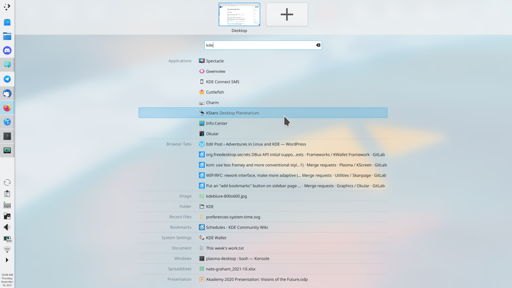

I happen to be a software developer, so I hope you’re in for an info dump:
Webpages are generally designed as documents. You type a URL into your browser, it downloads a webpage document and displays it. This simple concept also allows for hyperlinks and browsing history, which just put another URL into your browser, so that it downloads and displays a different document.
But it does not work for everything. For example, this meme was brought to you by the web version of Microsoft Teams™, where if you were to switch between pages by downloading entirely separate documents, then you’d get kicked out of calls every time you do so.
This is why the entirety of MS Teams is using a singular document. It’s a so-called Single-Page Application, SPA (*insert scary music here*).
When you click on a navigation element, it doesn’t put a new URL into your browser for it to download. Instead, some JavaScript monstrosity starts churning, downloads whatever information it needs and then modifies the displayed document, so that it looks as if you had navigated away.
To make it extra confusing, it also does typically change the displayed URL, it just doesn’t instruct the browser to download+display the respective document. It does this, because it tries to emulate a normal, document-based webpage, with browser history and where you can link to subpages.
Well, and this is then why opening in a new tab is often broken. Because there is no link there. It has to emulate the behaviour of a link via JavaScript just as well. If the developers do a bad job at that and never try out shortcuts like middle-click or Ctrl+click, then they may never get implemented.
Having said all that, there’s also a chance that the devs decided to intentionally hinder opening in a new tab.
Because MS Teams and other SPAs are JavaScript monstrosities, downloading+displaying the document anew like when opening in a new tab takes an obscene amount of time.
And having two tabs of it open means that you get two notification sounds for each notification, and users might accidentally join multiple calls.
But yeah, that I can’t have a call in fullscreen on one monitor and respond to chat messages on another monitor, without jumping through hoops like in the post, that’s just bad either way.




My brain would also like to propose a new spelling+pronunciation for “remember”: rember